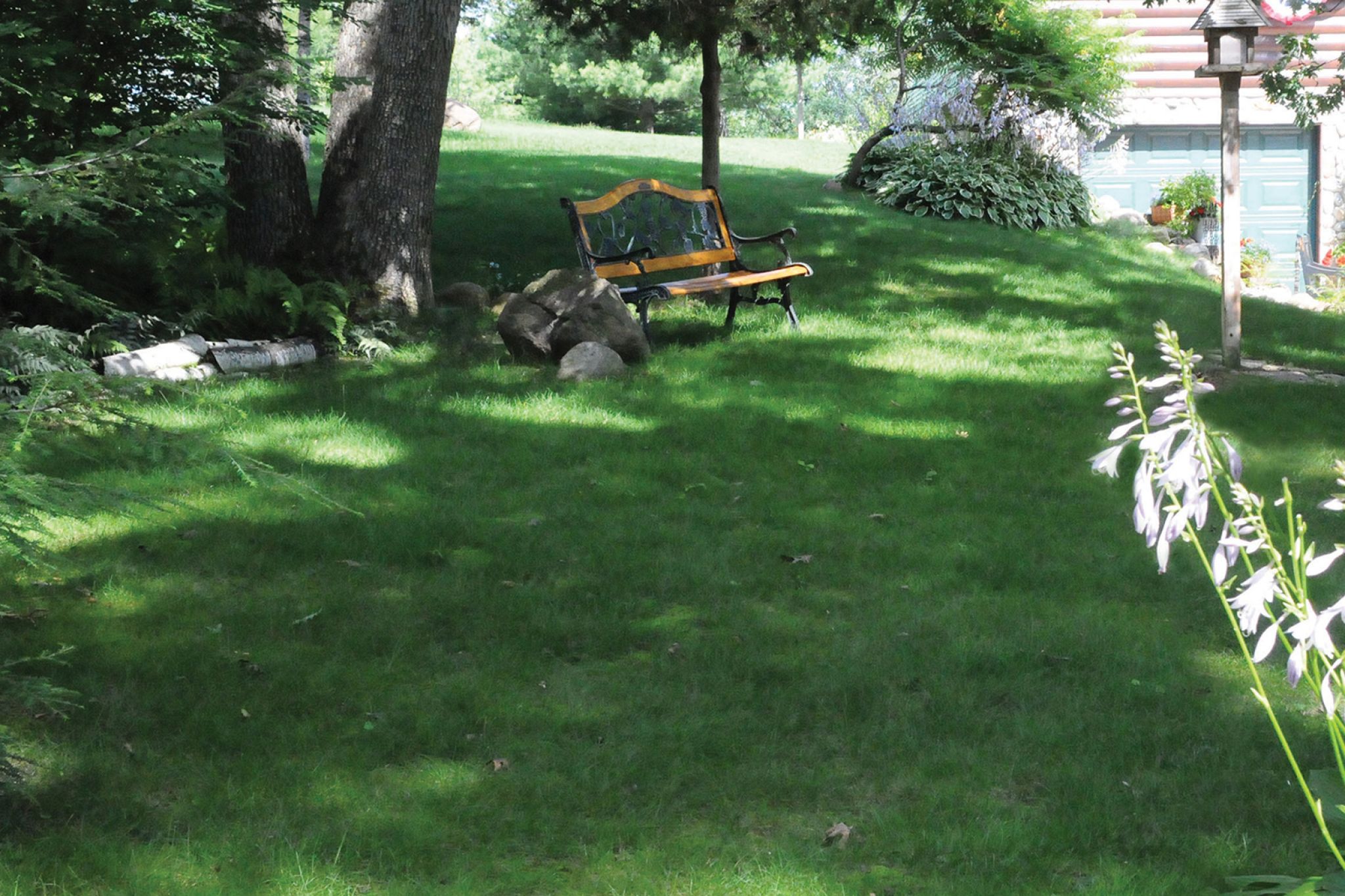A lawn might be lovely, but it takes a lot of hard work to make it so. You’ve got to mow, weed, thatch, reseed, aerate. Then repeat. If you’d rather spend more time enjoying the outdoors instead of working on it, switch to one of these low-maintenance grasses.
As a bonus, you’ll also save on your water bill because these alternatives use less water.
Low-Maintenance Turf Grasses
If you need grass for kids or pets, consider new "miracle" cultivars or blends. UC Verde Buffalo Grass, for example, delivers lush, silky blades that require little or no water once established, rarely need mowing, and need no fertilizer or pesticides. The secret to these grasses are long (but noninvasive) roots and thin blades. Make sure you get the right fescue, or grass, blend for your soil type and growing zone.
"No Mow Lawn Mix" is great for open, sunny swaths where native prairie grasses once grew, such as the cooler, medium-rainfall areas of the upper Midwest, Northeast, and Pacific Northwest. And hardy Eco-Lawn thrives even in difficult spots, such as under spreading trees or in clay soils.
The cost of growing these blends from seed is comparable to that of conventional grass seed. No Mow Lawn Mix, for example, costs $3.75 to $5.95 per pound; you need five pounds per 1,000 square feet, which translates to about 2 cents per square foot. Planting grass from plugs is more expensive; you'll need at least one or two plugs per square foot, at a cost of about 50 cents per plug.
Sedge: One of the most exciting breakthroughs in turf concepts in recent years has been the development of sedge lawns. Sedges look a lot like conventional turf but have more in common with native grasses that existed in America before sod-busting development and agriculture. The great thing about them is that they require little or no mowing, fertilizing, or chemicals. Some require less water than many conventional turf grasses. Others tolerate wet, moist areas, and many thrive in shade.
Ornamental grasses: This term covers both grasses and grass-like plants, such as sedges. For our purposes, we're talking low-water, native grasses. Low to medium-height species can be used en masse as meadows. Tall ones function as vertical elements in a landscape. Check with your local extension service to find out which kinds are native to your area. What might be native to one region, such as pampas grass, may well be invasive in another.
Synthetic grass: Synthetic grass is starting to get some respect, thanks in part to increasingly urgent water restrictions in parts of the country, and because new versions are so amazingly lifelike. Synthetic turf requires zero water or mowing, which does wonders for your carbon footprint. The grass looks perfect -- and perfectly real -- and is suitable for either an expansive play area or a little jewel box of a garden nook, particularly where nothing else will grow.
On the downside, lawns made of petrochemical plastics can feel stifling in hot weather and offer no habitat for birds or insects. Some communities have protested the use of synthetic turf in institutional landscaping like school soccer fields, amid health concerns that the recycled-tire crumbs used as infill to provide drainage and keep blades from matting contain high levels of toxins.
While synthetic turf has little or no ongoing maintenance costs, it's about twice as expensive upfront as conventional turf. Basic installation averages $6.50 per square foot, according to SyntheticGrassUSA.com, versus about $3.80 a square foot for the real thing.
